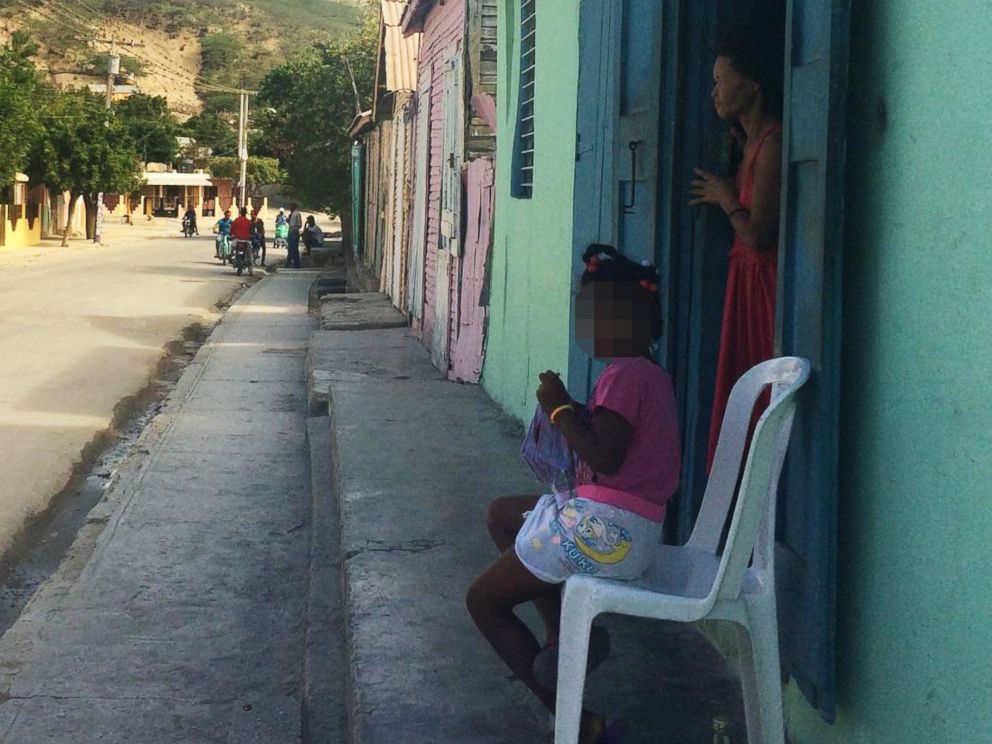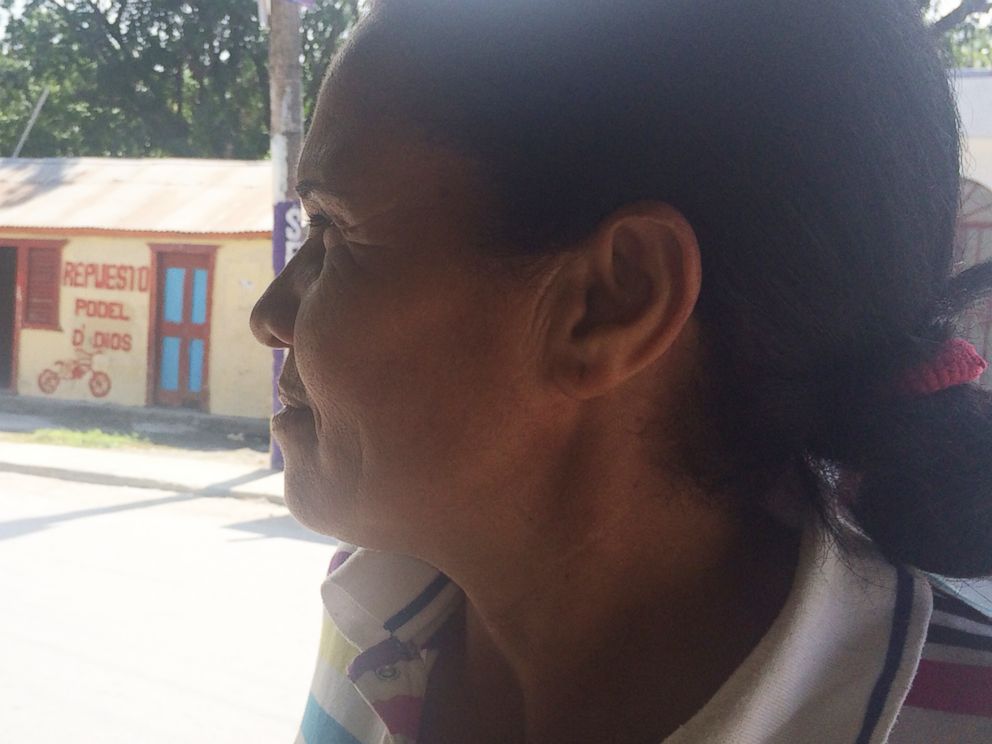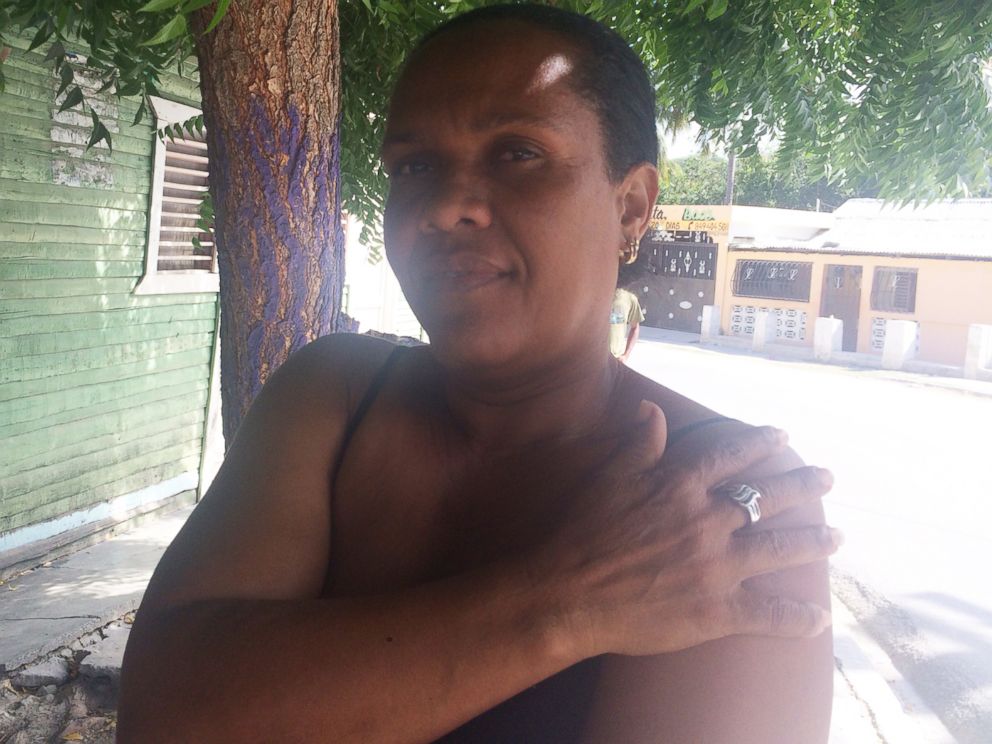The World of Intersex Children and One Person's Journey Between Two Sexes
Thousands of children are born with ambiguous genitalia each year.

— -- Growing up in a small town near Barahona, Dominican Republic, southwest of the island home to pristine beaches not yet sullied by the outside world, I heard stories about children nicknamed "guevedoces."
The town is called Salinas and if you ask anyone in the country about Salinas -- the one close to Barahona because there are four -- you will hear two tales: One is how some of the people there were born with a rare condition that made their feet look like lobster feet. And the other tale is of how a number of children were presumably born as girls and later turned into boys once they hit puberty. They were called guevedoces, or “penis at 12.”
To the best of the villagers’ knowledge they looked like girls at birth and were raised that way. But as they got older, their voices deepened and it was discovered they had testicles, eventually turning into adult men. Doctors from Cornell University in upstate New York traveled there to study some of the children with this medical anomaly, even bringing some of them back to the states for research.

I traveled the rural roads of Dominican Republic in search of the mystery town.
Upon my arrival, I saw a group of people sitting in the shade of a tree. And they were not surprised that a Dominican-American journalist was asking about the guevedoces.
One of them was barefoot man and his foot looked like a lobster -- making at least one of the tales I had heard true.
Back in Salinas, I was hoping to interview one of the guevedoces. I was told that when doctors took some of them to the U.S. for research, most of them used it as an opportunity to stay -- never returning to Salinas.
The women in the group were more eager to talk than the men. Maria Felis remembers vividly when doctors from the United States came to the town taking some of guevedoces to New York.

“There aren’t so many now as there were before,” ahe explained. “I remember when the last two brothers left in 1989. They never told us why there were so many children born that way.”
“There was a baby born like the guevedoces last year,” Maria added, “but the mother would be too embarrassed to talk.”
I was very familiar with this response. I have come across numerous parents in the United States with intersex children and most of them felt the same way.
“It’s an important story and I want to help,” one mother told me, “but I am worried what people will think of my child.”
Another woman, Josefa Cuevos, recalled one of her childhood friends. “I remember when one was born… then she grew up changed her name and started to live as a man.”
In today’s terminology the guevedoces are intersex, and it’s a condition that affects American children as well.

About one in every 2,000 babies are born intersex each year in the United States alone, according to the National Institutes of Health, but they don’t always stay that way forever. Many undergo gender assignment surgery to assign them one gender over the other.
In our upcoming "Nightline" report, we follow the journey of Saifa Wall, who was born with ambiguous genitalia like the guevedoces. But instead of letting him grow into his sex, doctors assigned him female at birth and removed his testicles at the age of 13.
For the first time, Saifa, who is now 35 years old, came face-to-face with the pediatric surgeon, Dr. Terry Hensle, who performed his gender assignment surgery almost 20 years ago at Saifa’s parents’ request, deciding his sex with Saifa's mother's consent, which Saifa says was the wrong gender for him.
It wasn’t until college that Saifa started to ask serious questions, and got a hold of his medical records. He said he was shocked by what he learned.
“I saw that initially they had wrote that I had ‘ambiguous genitalia,’” Saifa said. “They checked it but then they scratched it out and put that I was ‘normal.’ So at first I was Baby Wall, then I became Baby Girl Wall, then I became Suzanne Wall so that’s when everything started to come together.”
“I felt betrayed,” Saifa continued. “Then I felt like, oh, there was this thing that happened and I didn’t -- I wasn’t aware of it. ... No one told me.”
Hensle categorically denies that he did anything Saifa’s parents didn’t ask him to do. But he is forthright in saying that the science on gender assignment surgery back then was not as advanced as it is now.
“There are some mistakes that would never happen today knowing what we know about gender, knowing what we know about nurture versus nature, knowing what we know about individual choices, so yes, we’ve learned a lot and I hope we make the right choices. I think we will,” Hensle said.
Saifa was sterilized by a surgery he now regrets having. As a result, every week, he has to inject himself with testosterone, a hormone he is dependent on for the rest of his life.
So, 20 years after undergoing this surgery, Saifa sat down with Hensle to find answers to questions that have stayed with him since he first found out about the surgery at age 25.
“What you’re saying is because I was assigned female, and I have internal testes, that those testes should be removed?” Saifa asked Hensle.
“You shouldn’t be assigned as a female gender,” Hensle said. “But the point is that what happened to you, it was done not out of malice, or not of lack of thinking about it, it was done because ... [in 1992] that was state of the art. In the decade between '92 and 2002, we learned an extraordinary amount.”
Watch what happens during the full exchange between Saifa and Dr. Terry Hensle, as well as more details about Saifa’s case and others, on “Nightline” HERE.




